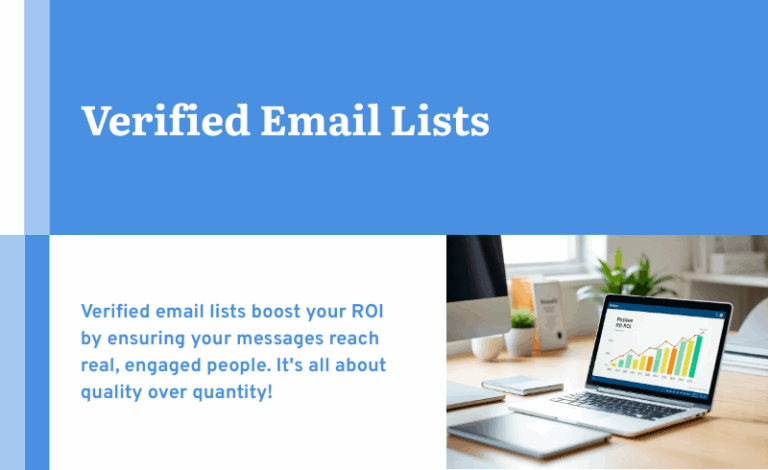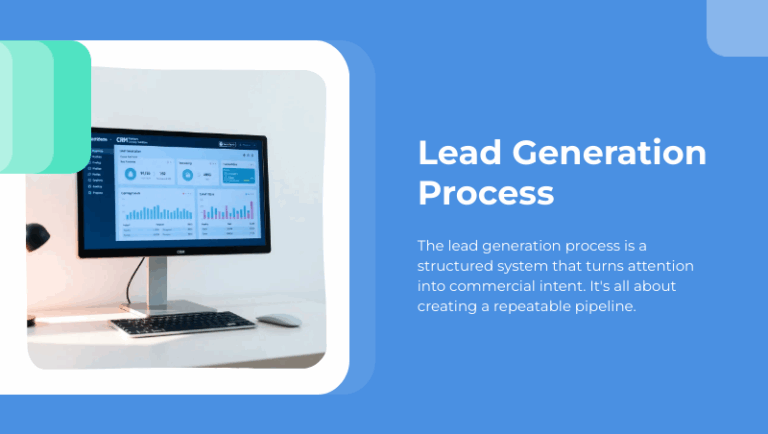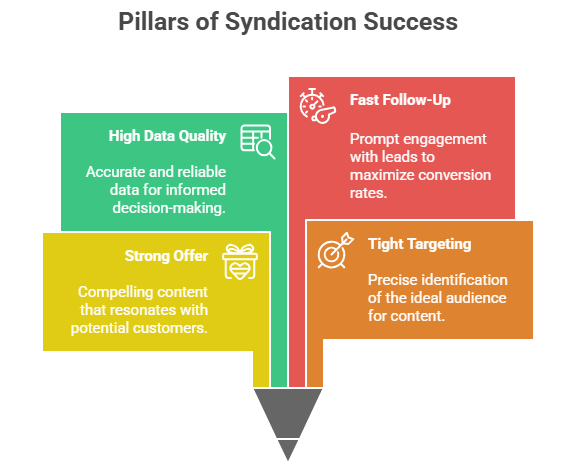With its low cost and high impact, email marketing is a natural choice for B2B marketers who want to make the most of their investments. As with any technology, though, it has its own vocabulary that can be tough to decipher for anyone who isn’t an email marketing specialist. Learn some of the terms your marketing team might use and gain insight into why email’s a core part of any B2B marketing strategy.
A/B Split Testing
Also called multivariate testing, A/B split testing sends different versions of your email message to a small sampling of your target audience. Marketing automation software lets you set up multivariate testing for subject lines, calls to action, landing pages and other elements of your email.
Call to Action
In marketing, a call to action is a single specific instruction your email gives to your audience. Examples include buttons or links with text asking readers to ″click here,″ ″sign up today″ or ″join our team.″
Clickthrough
When recipients click on your call to action button, links to your home page or other hyper-linked elements of your email, they’re clicking through to where you want them. Clickthrough rates are especially important when calculating key ratios marketing teams use to assess a campaign’s success.
Clicks per Open
This derived figure is a ratio of how many clickthroughs your email received divided by the total open rate. A high click-per-open rate is a sign that your readers found your email content compelling enough to learn more.
Conversion Rate
The number of recipients who take you up on your call to action divided by the number of recipients gives you your conversion rate. If you send 50,000 email messages asking recipients to subscribe to your newsletter and get 10,000 new subscribers, the campaign has a 20 percent conversion rate.
CTR
Short for click-through rate, this is the fundamental metric marketers use to assess a campaign’s success. Dividing the number of clicks a specific link receives by the total number of emails sent gives you the base CTR.
Hard Bounce
Email that’s undeliverable because of an invalid or nonexistent email address. Marketing automation systems regularly purge addresses that result in hard bounces to ensure high deliverability for your email message.
IP Address
In marketing terms, your Internet Protocol address is the site from which your email is sent. It can be a dedicated IP that includes only your email or a shared IP that’s also the source for other companies’ commercial email.
ISP
Internet service provider. ISPs and mailbox providers typically have built-in spam filters to block certain IP addresses from sending email to recipients using the ISP.
Opt-Out/Opt-In
According to FTC regulations, commercial email must give recipients the chance to close the door on future communications by opting out. Many marketers are moving toward an opt-in model that invites readers to subscribe, download or otherwise take action to get additional content. Opt-out and opt-in strategies can both be useful in different campaigns or even in different phases of the same marketing program.
Soft Bounce
Email that is undeliverable because of a temporary interruption of services, such as a recipient’s ISP undergoing maintenance or a full mailbox.
© Reach Marketing LLC 2015 All Rights Reserved.




